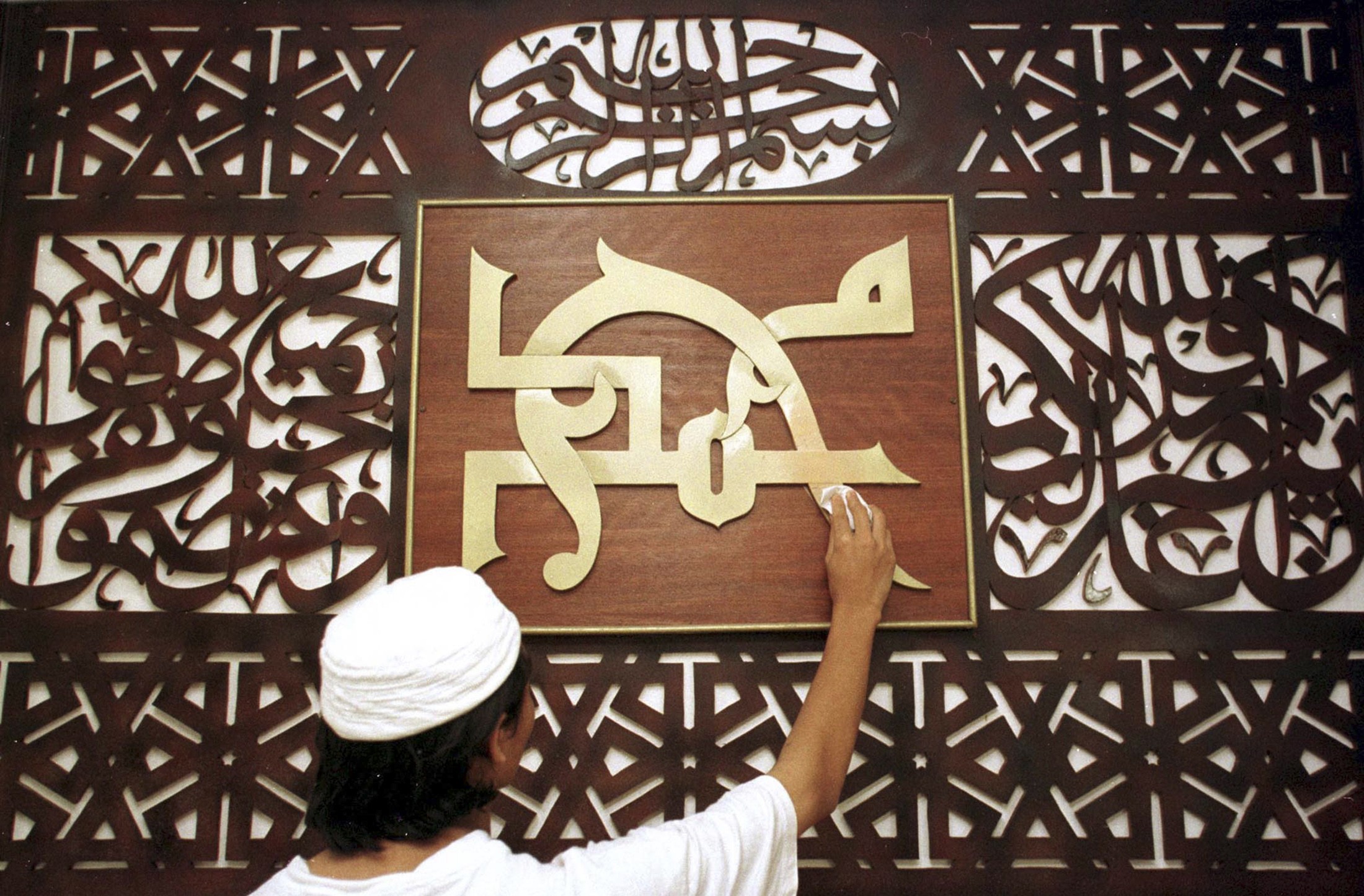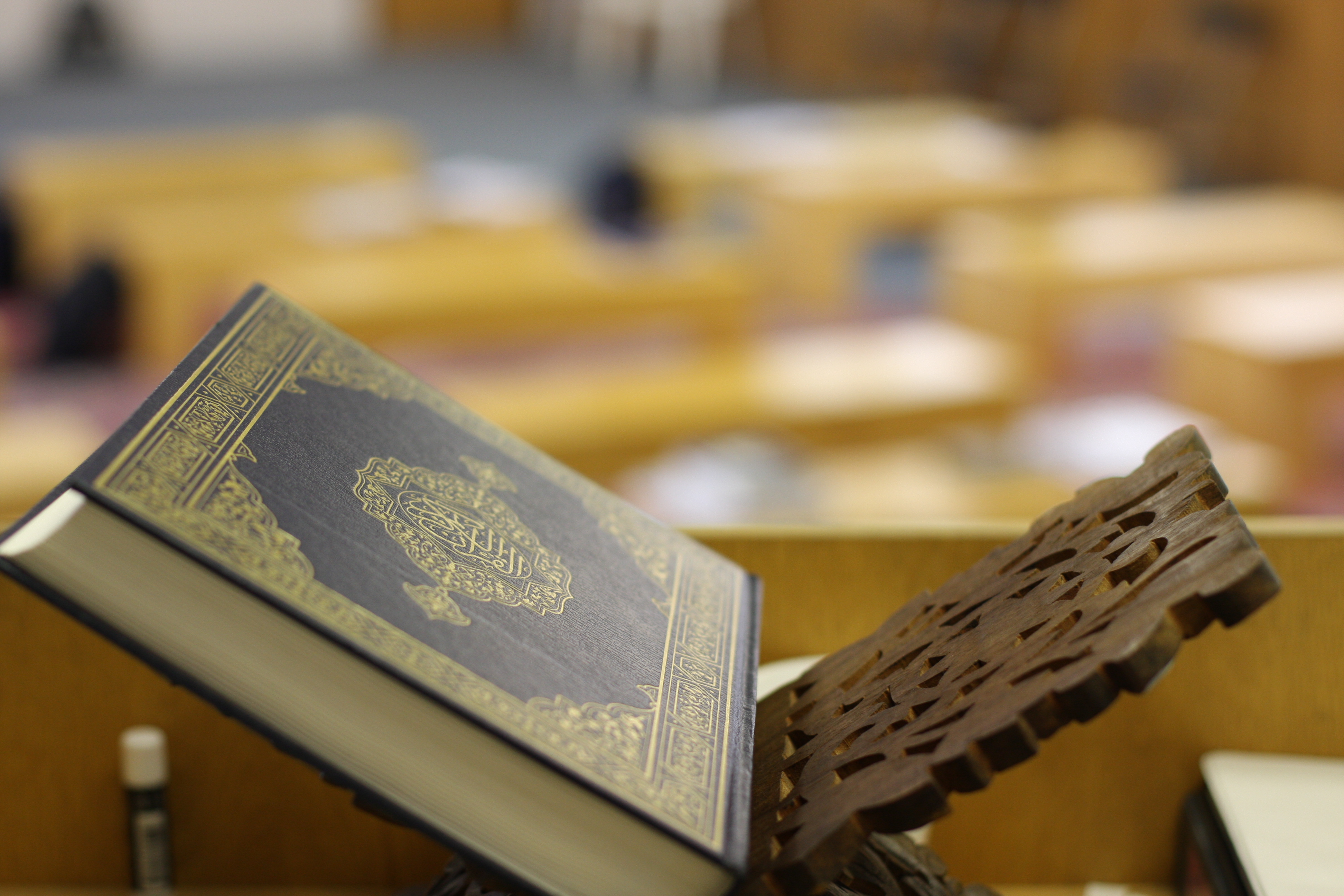The origin of Islamic law
Islamic law is one of the unique systems of law, which, unlike their “brethren” — Jewish, Christian, Buddhist and Hindu law is system of law, which is built into law in more than 20 countries around the world. It prevails mainly in the countries of the Middle East, but extends its influence far beyond the region.
For many this system of law is associated with cutting off the head, hands and public executions, and many with strict discrimination of religious minorities and women. Others have Islamic law associated with alternative financial instruments, which impose ethical restrictions on usury.

The perception of Islamic law depends on what angle we approach it. Most of those who have heard about Islamic law, still do not know or do not even know that in Islam there is no single system of law like the English or continental law. Many do not know that there are about 8 different legal schools in Islam which interpret the law in their own way and taste.
To understand how and why such legal pluralism in Islam is possible only by studying the origins and evolution of Islamic law. And it is necessary to study objectively and independently from the influences and interpretations of any law school, which often represents the pattern of development of this system of law.
A critical study of the origins of Islamic law will allow us to understand not only the legal pluralism of ideas in Islam, but the very essence and nature of this system of law.
In this lecture I want to describe some of the theories of the origin and evolution of Islamic law, and based on them to reconstruct a picture of the emergence of Muslim law. I ask readers not to judge strictly for errors. And so it started.
Traditional narrative
The traditional narrative says that in the beginning the Prophet Muhammad received revelations from God that were later codified in a book called the Koran. And he judged between people in accordance with what was written in the Koran and if the Koran was not anything about a particular issue, he expressed his opinion and judgment, which were later crystallized in a concept called the Sunnah.
When the Prophet was dead and was codified in the Quran, his followers also continued to adhere to the Quran and Sunnah, but in the questions that they could not find the answer in the Qur’an and Sunnah, they expressed their views and tried to reconcile or to come to consensus, and that consensus of views later became known as the scholarly consensus (with Arab “the consensus”). All those who lived after the Prophet’s followers also adhered to these sources of law, but when I couldn’t find answers in them, then used an analogy that later became known as Islamic law (Arab analogy)
Already in the second century of Islam lived and worked the whole group of religious scholars called living in such centers of Islam like Mecca, Medina, Kufa and Basra. Pakihi were not only lawmaking, but also engaged in collecting traditions from the Prophet and his companions about a particular issue or aspect of the doctrine, rituals, family relations, taxes, etc.

Such faiths, four stood out particularly, they were the founders or to be more precise the four eponyms of schools of law in Sunni Islam, Numan al-Thabit, better known as Abu Hanifa, Malik Ibn ANAS, Muhammad al-Shafi’i and Ahmad Ibn they disagreed. One of them, al-Shafi, and later became known as the founder of Muslim jurisprudence, referred to in Muslim legal terminology as the science.
They developed the foundations and methods of creation and interpretation of legal norms that became the Foundation for legal schools that arose after them, the prominent Shafi and hobnails.